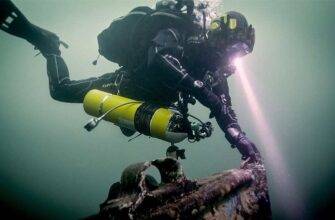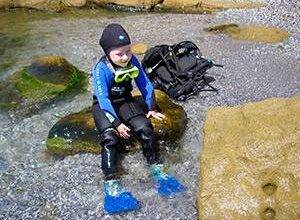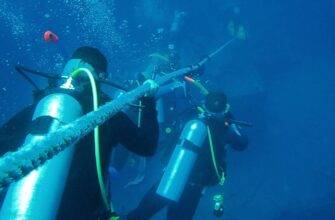Nitrogen is another element essential to life. Nitrogen is part of proteins, chlorophyll, and nucleic acids. Nitrogen makes up 78% of air and 48% of gases dissolved in water.
However, nitrogen gas cannot be used directly by animals or plants. It must be converted into other chemicals.
Only specific bacteria, called nitrogen-fixing bacteria, can capture atmospheric nitrogen and convert it to nitrate (N03-), nitrite (N02-) and ammonium ions (NH4+).
These bacteria absorb atmospheric nitrogen and incorporate it into their cells in the form of proteins. The nitrogen passes through the food chain and returns to the soil after the organism dies. At this stage, complex nitrogen compounds are broken down to ammonium.
Plants absorb some of the ammonium and the rest is dissolved in water or remains in the soil.
Microorganisms oxidize ammonium to nitrite and nitrate (nitrification). Nitrates from the decomposing residues may be buried on the seafloor or undergo denitrification and become nitrogen gas.
An important point to illustrate the connection between terrestrial and aquatic ecosystems: although marine organisms need nitrogen compounds, nitrogen fixation in the sea is thought to be virtually non-existent. Read about nitrogen cycle.
Nitrogen-fixing bacteria synthesize nitrogen-containing substances in terrestrial ecosystems, and then these substances enter the ocean with surface runoff, bird droppings, and other ways.
Read More:




